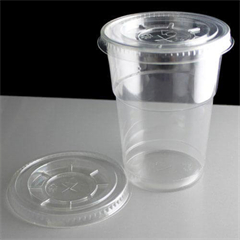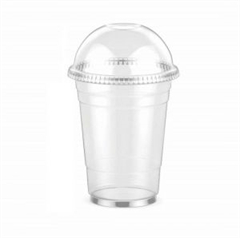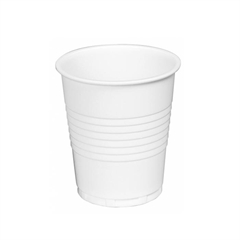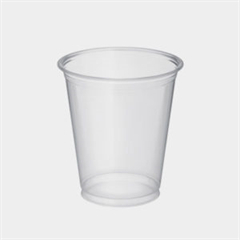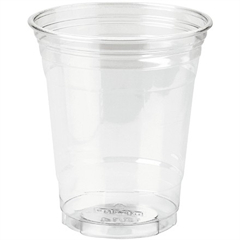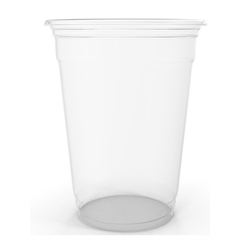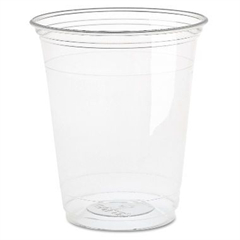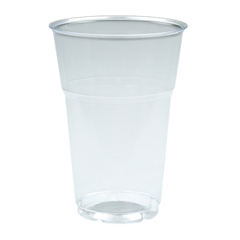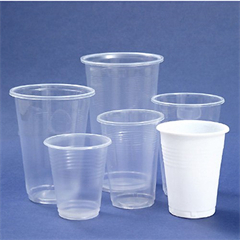Plastic cup refers to a disposable container used to hold beverages and tea. It is a non-degradable product. The most commonly used ones are beverage shops, hot and cold drink shops, milk tea shops, hotels, restaurants, and coffee shops. It provides a variety of plastic cups for take-out drinks and on-site use. This kind of cup is not Degradable products. It includes:
The feature of plastic cup
The classification of plastic cups
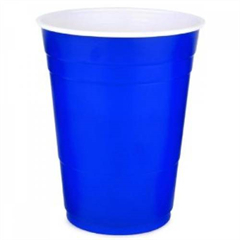
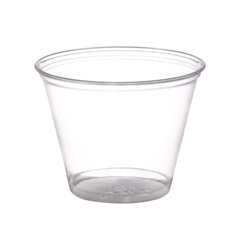
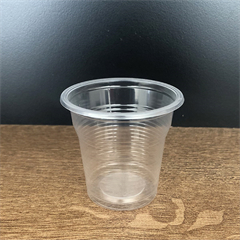
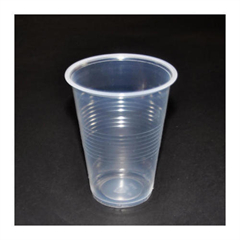
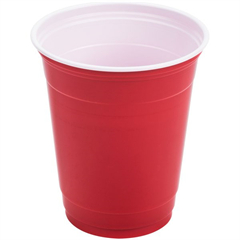
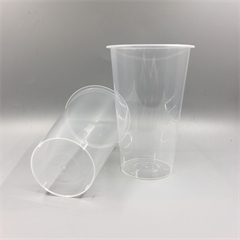
The classification of plastic cups introduce.
A plastic cup set that can be used for multiple purposes and is completely unsafe for your health. These. The variety of plastic cups is made of high-quality materials, and the appearance is stylish and beautiful. The plastic cup provided on site is made of edible raw materials and will not react with the food contained. These. Plastic cup holders have different styles and appearances, depending on customer requirements. The PET material used to make these. Plastic cups are of the best quality. They have reusable or disposable options, most of which are environmentally friendly and versatile enough to be used in different applications.
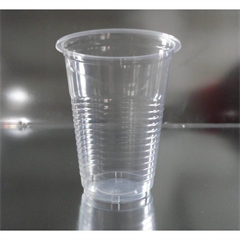
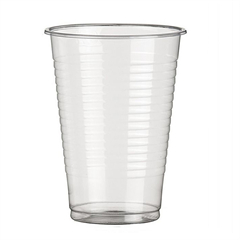
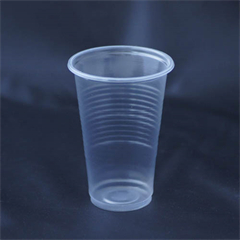
The types of plastic cup introduce.
No. 1 PET polyethylene terephthalate
Common mineral water bottles, carbonated beverage bottles, etc. Heat-resistant to 70°C, it is easy to deform, and some harmful substances are melted out.
HDPE No. 2 High Density Polyethylene
Common white medicine bottles, cleaning supplies, and bath products. Don’t use it as a water cup or as a storage container for other items. If the cleaning is not thorough, do not recycle.
No. 3 PVC Polyvinyl Chloride
Common raincoats, building materials, plastic films, plastic boxes, etc. It has excellent plasticity and cheap price, so it is widely used and can only heat up to 81℃. It is easy to produce bad substances at high temperatures, and it is rarely used for food packaging.
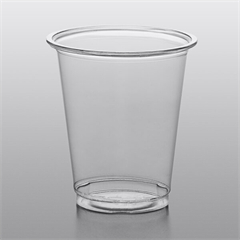
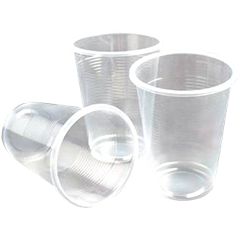
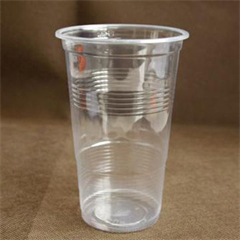
No. 4 PE polyethylene
Common cling film, plastic film, etc. Harmful substances are produced at high temperatures, and toxic substances enter the human body with food, which may cause diseases such as breast cancer and birth defects of newborns. Do not put the plastic wrap into the microwave oven.
No. 5 PP polypropylene
Common soy milk bottles, yogurt bottles, juice drink bottles, microwave lunch boxes. With a melting point of 167°C, it is the only plastic box that can be put in a microwave oven and can be reused after careful cleaning.
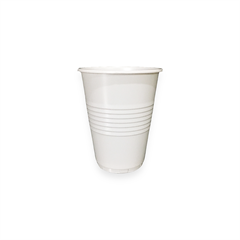
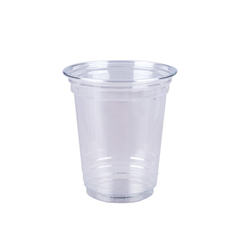
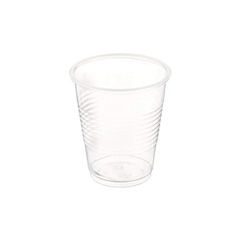
No. 6 PS polystyrene
Common bowls of instant noodle boxes and fast food boxes. Do not put it in a microwave oven to avoid the release of chemicals due to high temperature.
No. 7 PC other types
Common kettles, space cups, and milk bottles. Department stores often use water cups of this kind as gifts. It is easy to release the toxic substance bisphenol A, which is harmful to the human body. Do not heat it when using it, and do not expose it to direct sunlight.
